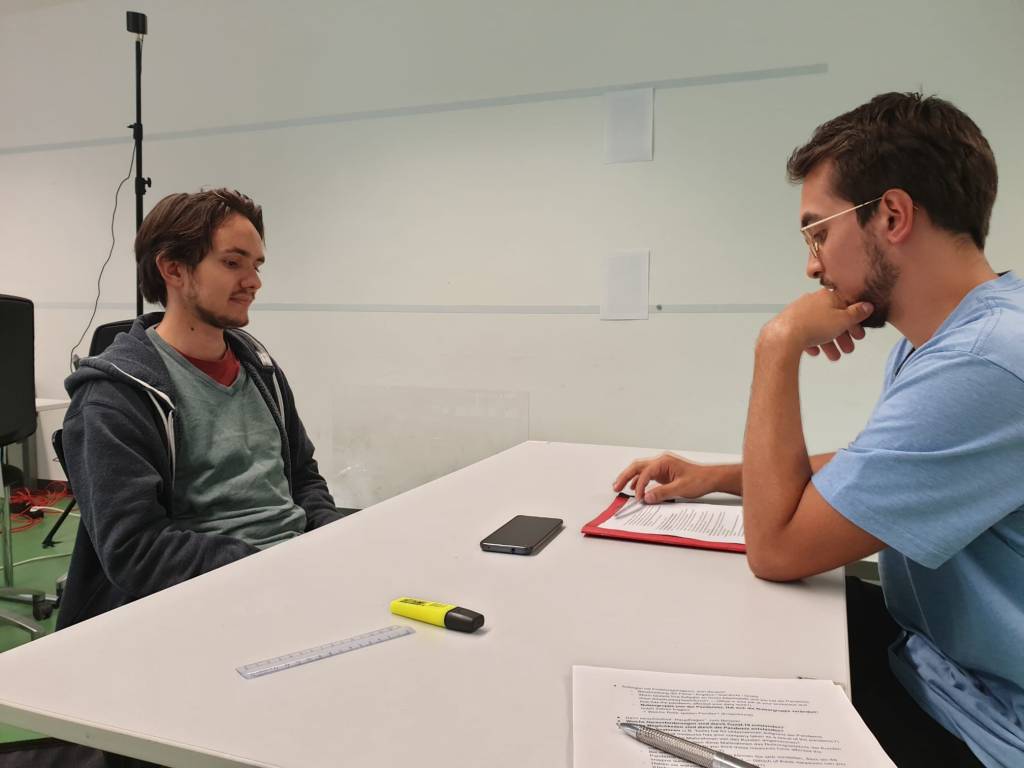After successfully conducting our user research and refining our ideas and insights we settled for an app idea called “WeCommuters”. The following video prototype illustrates its usage.
WHAT IS IT?
Our concept is a quick and easy way to connect with other commuters. The general idea here is to find people and socialize while simultaneously being sustainable. As an incentive for users to frequently commute with others, rather than using their own car, we also added an extensive rewarding system.
How does it work?
After registering and entering your information, such as your starting point and the destination of your daily commute, you land on the home screen where you can already see other commuters that have a similar way to their destination. From here you can contact them with our built-in chat function and create groups to organize your daily commute together. That’s basically it! Our aim was to keep it as simple and quick as possible. As a bonus and incentive to reduce the amount of cars on the roads, WeCommuters also includes a rewarding system: After commuting with others, you earn points (the amount is dependent on the distance) which you can later redeem for different kinds of rewards (for example coupons or gift cards).
Benefits
We are aware that similar kinds of services already exist. But in difference to these services our ultimate focus was to create a way for commuters to socialize and make friends, while also giving them a platform to organize themselves into carpools, having the environmental aspect in mind. We think that especially in post covid times this is super important.
Next Steps
One further step to improve our service could be a better way to verify users to create a safer and more secure environment. Another point would be finding a way to finance the rewarding system. For this we would need to conduct additional research to find out whether users would rather like to see advertisements or pay for the app (for example a subscription based model or a one time payment).
